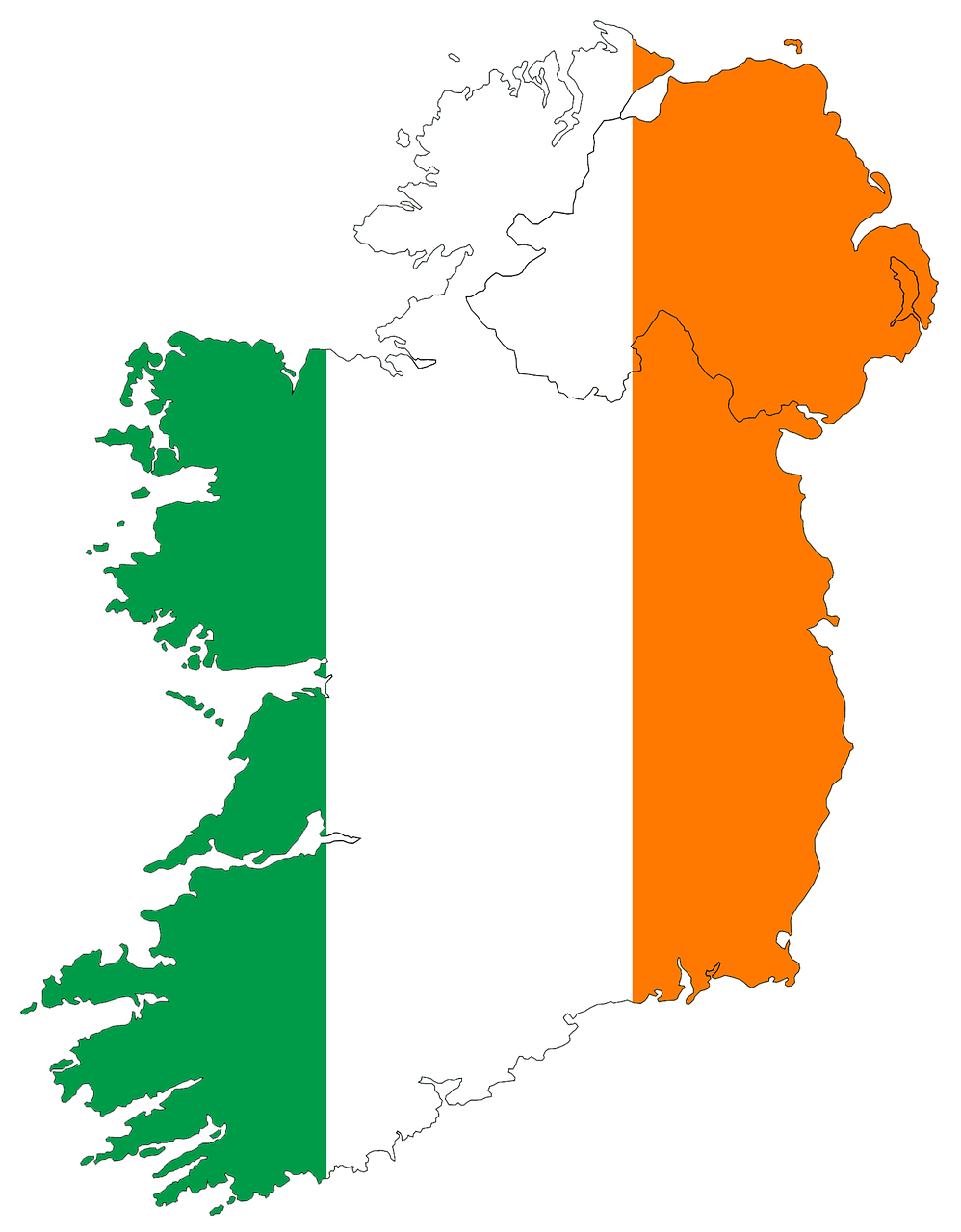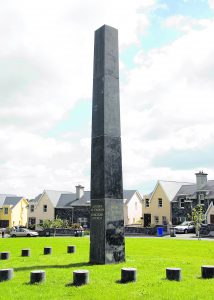An Obelisk is a stone pillar typically tapering towards a pyramid shaped top popularised in Ancient Egypt. Egyptian obelisks usually consist of a single stone and are understood to honour the sun god Ra. The Greeks who saw these constructions in Egypt used the word obeliskos to describe them and this word passed into Latin and then English as “obelisk”.
Most modern obelisks are typically made of several stones; some, like the famous Washington Monument, are actually buildings. Rome is the obelisk capital of the world. The most well known is probably the 25 metres (82 ft), 331-ton obelisk at Saint Peter’s Square in Rome. This obelisk had stood since AD 37 on its site flanking St Peter’s Basilica. The largest standing and tallest Egyptian obelisk is now the Lateran Obelisk in the square at the west side of the Lateran Basilica in Rome. It stands 105.6 feet (32.2 m) tall and weighs 455 tonnes.
Of course, Egyptian obelisks were looted and exported all over the world. The most famous in London is “Cleopatra’s Needle” on Victoria Embankment. The British Museum also holds four Assyrian obelisks. In Paris the large Obelisk at Place de la Concorde is over 3,000 years old and was originally situated outside of Luxor Temple on the Nile where its twin remains to this day. On 25th October 1836 it was moved to the center of Paris as a gift from Egypt to France.
Purchased by Gerry Murphy, Bruhenny Obelisk was erected on 19th June 2003 under the direction of Maurice Gilbert who was responsible for the construction of the first 35 houses at Bruhenny, the restoration of Boss Murphy’s and the Market House and the original construction of both Padre Pio and the Windmill Nursing Homes. Gerry proposed an Obelisk as a public sculpture for the Bruhenny Housing Development as symbolic of “reaching for the stars”; a motto that has inspired him and hopefully should inspire our parish. He also saw the Obelisk as a powerful “onwards and upwards’” symbol for the future pointing towards the stars.
The erection of the Obelisk was a very difficult and a worrying task for Maurice on the day. In preparation a three metre wide foundation hole was dug out on the Bruhenny village green and this was filled with concrete and reinforced with steel to hold the Obelisk. The foundation was designed by Donal Leader, civil engineer, from Ballydesmond. Maurice Gilbert needed to design a flexible metal frame to hold each 2.5 metre block so it would allow each limestone block swing into position using a chain hanging from the top of a high crane. The side grippers had to be flexible to allow them to be withdrawn as each block was carefully placed in position. Four steel pads were placed on top of the first three blocks to allow the grippers to be withdrawn. This steel gripper system had to be fabricated specially for the occasion by Maurice.
A large 60 tonne crane was hired from Limerick to help erect the four limestone blocks. The final block was put in place near dusk by crane driver Mike Foley. Maurice’s Teleporter was essential to ensure that the limestone blocks were perfectly matched.
Bruhenny Obelisk is solid limestone. It is 10 metres high (32.8 feet) and weighs 20 tonnes. It was designed in four sections, each measuring 2.5 metres. The obelisk is inscribed on all four sides with gold leaf lettering installed by Stuart McGrath. On its southern side, there is a motto, in three languages – Latin, English and Irish: Ad Sidera | To the Stars | I dTreo na Spéartha.
To the north, Bruhenny Obelisk shows Churchtown’s latitude and longitude which are 52.27 degrees north of the Equator and 8.73 degrees west of Greenwich in London. Darius Bartlett from the Department of Geography in University Cork provided the co-ordinates as at that time GPS which is now available on smart phones was only in its infancy. While Bruhenny Obelisk is also meant to operate as a sundial the reality is that an obelisk is not an efficient sundial at higher latitudes from the equator. This is because sundials must be angled to allow for the earth’s tilt. The shadow of Bruhenny Obelisk tells the time efficiently around mid Summer each year. On the Obelisk east and west sides, it bears the inscription: MM | Bruhenny | 2000 with MM being the Latin numerals designating 2000.
The 16 limestone cylinders that surround the obelisk represent each hour from 6.00am to 10.00pm and act as a sundial. There is also an information narrative on the lower northern side of the Obelisk relating to its provenance and sponsor-ship. The typography for the inscriptions on the Obelisk was designed by Martin Keaney and the monument itself was supplied by Marble & Granite Supplies Ltd, Malahide Road, Dublin. The limestone for Bruhenny Obelisk was sourced and imported from China. The Obelisk was supplied at no cost to the community.
The evening of 19th June 2003 was another red letter day in the renewal of Churchtown as the 20 tonne Bruhenny Obelisk stood proudly for the first time on Bruhenny Village Green. The following day the Giant Hurley, Sliothar and Gaelic football also carved in limestone were put in place outside the GAA Sports Stand on Kerry Lane. The nine tonne Great Bull of Bruhenny was also installed at the second village Green developed as part of the Bruhenny housing scheme. Bruhenny Obelisk was unveiled by Pat Cox on 4th July 2009 as part of the International Year of Astronomy 2009. Pat Cox was President of the European Parliament from 2002 – 2004. There are three other much smaller Obelisks in the area. One is erected at the Equine sculpture in the centre of Churchtown village and is called the Pillar of Honour, one is erected in the garden of the Booney House and one at Liscarroll Castle to commemorate William Murphy, the weight thrower.
Other monuments
The large equine sculpture in the village square commemorates Vincent O’Brien, who was born in Churchtown in 1917. A large block of red Churchtown marble was erected at the Pound Corner in 1999 to commemorate the 150th anniversary of the re-building of Churchtown village. The 150th anniversary was marked with this fine example of locally quarried red Churchtown marble which is a limestone conglomerate originally laid down under shallow sea conditions during the Lower Carboniferous Period approximately (give or take a millennium!) 350 million years ago. Churchtown Marble has been used to decorate fine buildings including St Peter and Paul’s Church in Cork City. With thanks to The Annals of Churchtown (ISBN 978-0-9524931-3-6) where far more detail is available. See also www.churchtown.net.






